Nicholas Mastoras is a reowned photographer whose photos you probably know if you are fond of Instagram, where his profile is quite (very, actually) popular, but it is almost definite that you have stumbled upon other photos of him elsewhere. He had the kindness to talk with us about one of his latest projects in the National Museum of Contemporary (EMST) as well as various aspects of his photography.
A few words by himself:
I am better with pictures than I am with words.
I have tried to give decent answers to perceptive questions.
Should one be interested in me and my work, please read below.
Yours truly, Nicholas.
To begin with, I’d like to know how you got involved with photography.
While I was doing my BA in Design in London, I felt the urge to try a photography course. That’s when I bought my first camera, back in 1997, when everything was still analogue.
How did this project about the new National Museum of Contemporary Art happen? Have you been invited or was it your proposal? Did you have anything specific in mind or things happened rather instantly and on the spot?
I really enjoy having the chance to capture public spaces that are always crowded, in their emptiness. Large contemporary museums are very inspiring for this kind of photography and the new EMST is one of the very few new built museums in Athens. Its opening to the public has been delayed and highly anticipated. Thanks to my friend Kassiani Benou, who is the communication manager of the museum, my proposal to shoot the empty EMST along with a group of fellow photographers that were also interested, was happily accepted. Before the photoshoot I visited the building to get an idea of the space. It’s most dominant characteristics are the whiteness of it’s interiors and the large scale exhibition halls. I instantly thought that photographing dark figures wandering in the space would bring out both.
How does a project usually begin and what is the procedure that you follow?
It’s a question of many different factors; Commission or personal work, context / location, client’s goals etc.
Sometimes the human presence in your photos fills an empty space, where nothing seems to occur. Also, quite often, people are all alone. Which is the need or the condition that dictates the creation of these images?
Places and spaces however beautiful they may be, they lack the element of life. Placing a person in the frame, apart from giving you a sense of scale, can also trigger varying emotions to the viewer depending on the photographer’s intent.
I’d like you to tell me about the photography of the tourism landscapes in Greece. The Greek landscape has been multiply photographed, though, not always in a non-cliché way. What are the elements of these images that are of your interest?
Looking back at my work so far, I realize I haven’t photographed such landscapes much. When it comes to landscapes that have been photographed by many people, both professionals and amateurs, there are that many ways they can be captured and viewed. I like to create images with a narrative so I tend to use cliche themes either in a cryptic manner, by zooming in on them to an extent that they become unrecognizable, or by using them as a backdrop for my story telling.
How is your personal attitude towards the city organized? By looking at your photographs, I would say that the city looks somehow deserted. However, I have the impression that you try to draw up some fragments of intimacy.
Similar to public buildings and spaces, cities are also constantly full of people and motion, therefore it’s always quite a challenge to be able to create a deserted feeling. Placing a person in the frame shifts that feeling of intimacy and renders the city into a private playground.
Are there any favourite buildings for you in Athens? What attracts you to them?
I am a great admirer of post war modernist architecture. Unfortunately there aren’t many remaining examples from this era in Greece. Most have been demolished and the few that have got away are private. The new EMST is an exemplar building from back then that has survived, been modified and put back into use as an art museum open to the public.
Is Instagram an actual tool of your work or/and another way of ‘’noting down’’ different things that stimulate your curiosity or move you? I also saw that your blog is called ‘’Another Visual Diary’’. Are you interested in a systematic recording procedure?
Instagram is a tool that I use sometimes as a reference to my work and / or an account of its making, and sometimes as a diary, giving me the opportunity to share everyday moments with my followers – Instagram is very community based; sharing experiences can connect you with like-minded people worldwide. It is also a source of inspiration to me; there are many talented photographers that I follow who constantly produce great shots. Another Visual Diary is a more analytical narration of my life story.
What are the emerging possibilities of Instagram as far as photography is concerned? The separation between actual photographers and those who simply possess a smartphone becomes more difficult or is this a rather artificial separation?
Instagram is a self promoting medium on a personal or professional basis, depending on the individual. Photography has become widely accessible to an audience that wasn’t necessarily interested in it originally. The majority οf people with a smartphone can nowadays view and produce whatever image they can afford. As relevant as a person with a good eye and a high resolution smartphone may be, when it comes to your advertising campaign, who you gonna call?
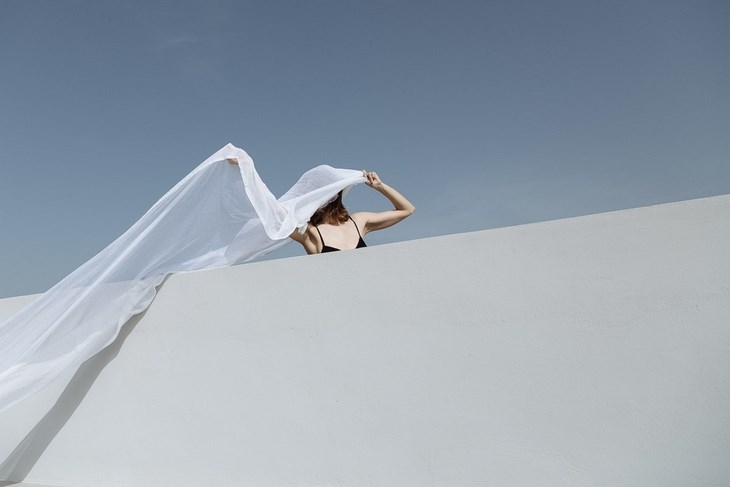 WINDY ON THE ROOFTOP
WINDY ON THE ROOFTOP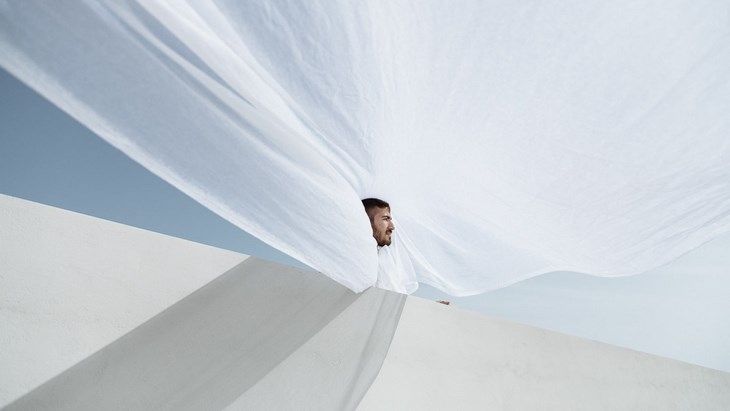 WINDY ON THE ROOFTOP
WINDY ON THE ROOFTOP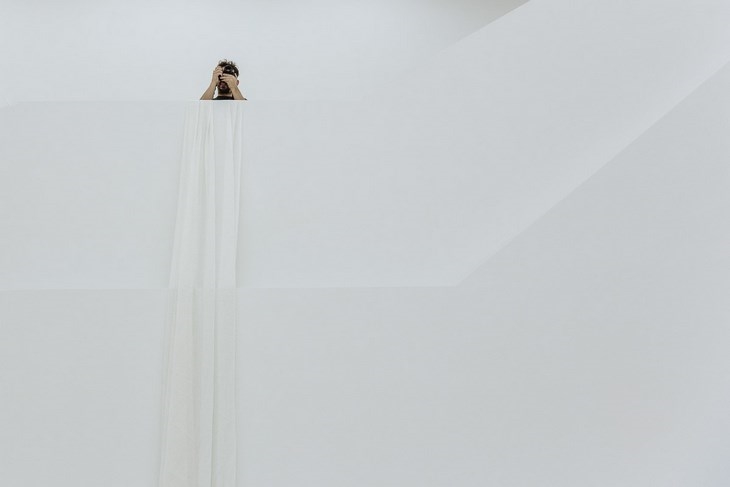 ALEXIS
ALEXIS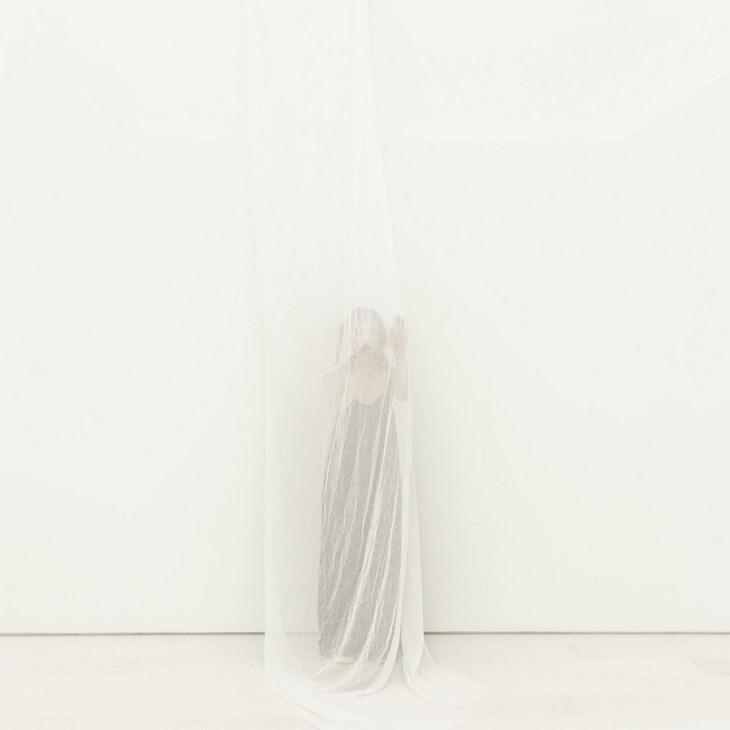 TEXTILED
TEXTILED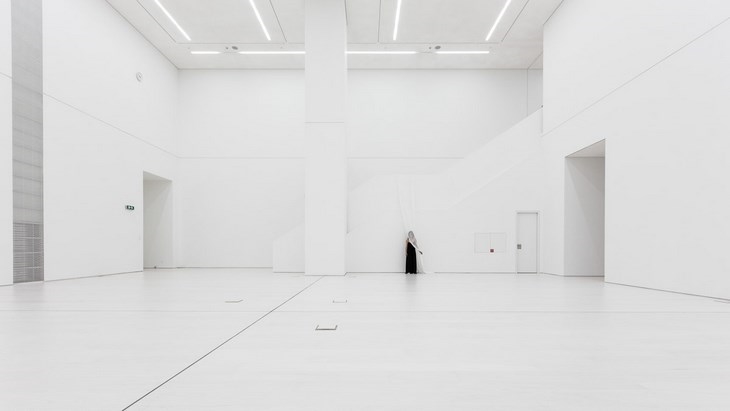 TEXTILED
TEXTILED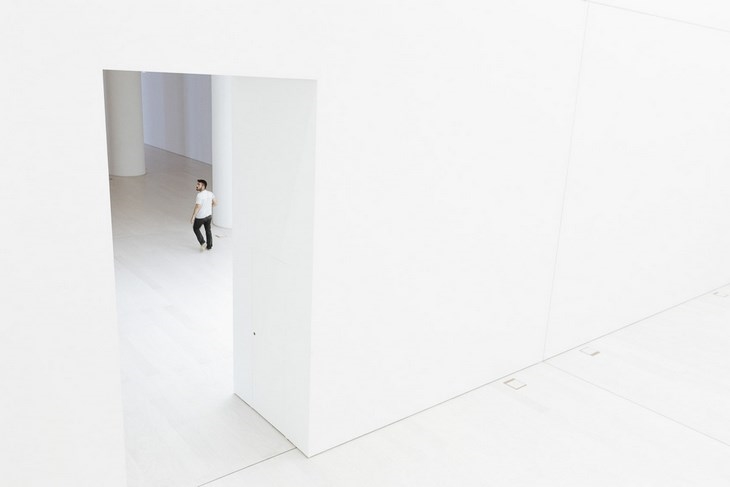 EXPLORING WHITENESS
EXPLORING WHITENESS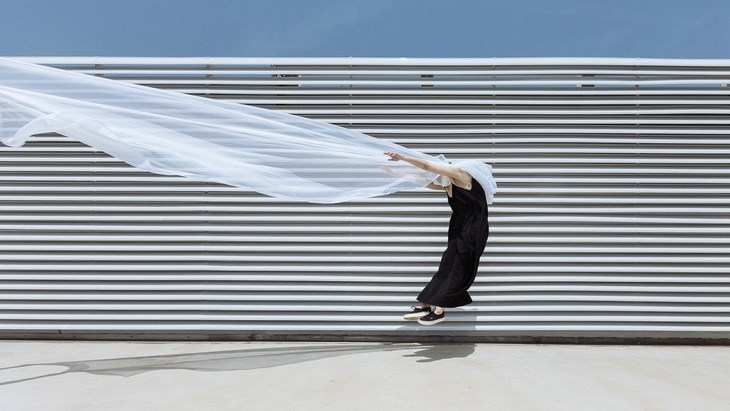 #JUMPSTAGRAM
#JUMPSTAGRAM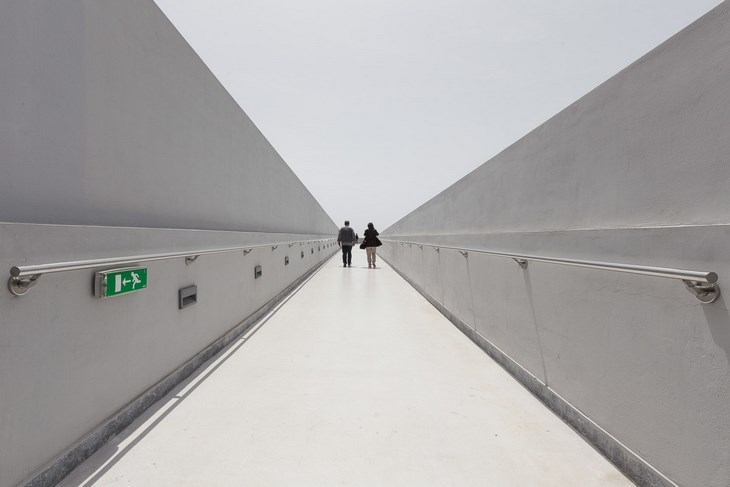 TOGETHER
TOGETHER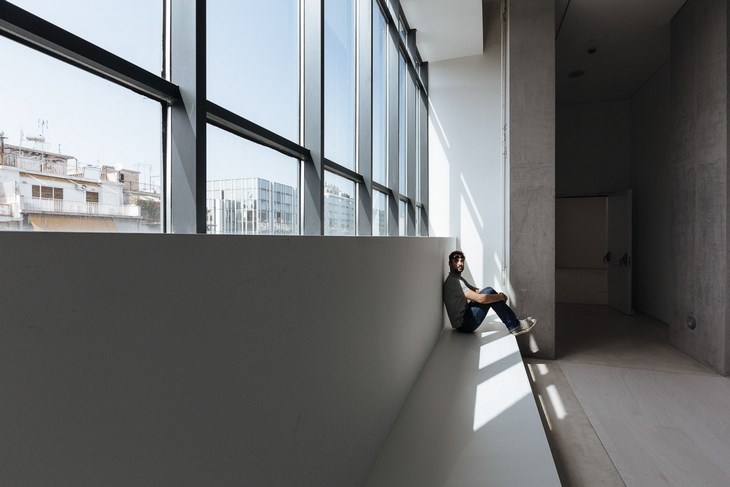 SELF PORTRAIT
SELF PORTRAIT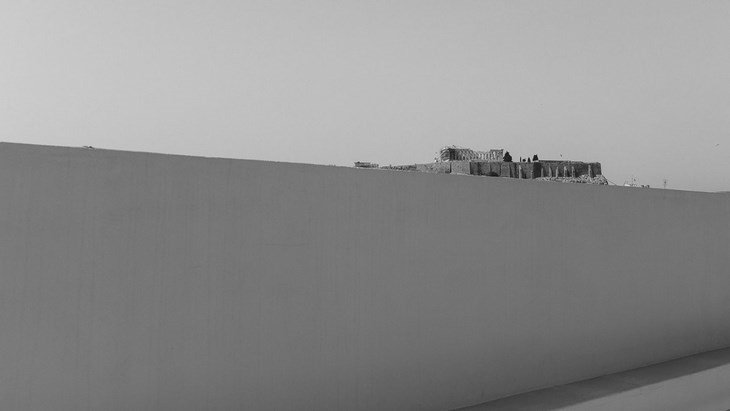 ACROPOLIS FROM THE ROOFTOP
ACROPOLIS FROM THE ROOFTOP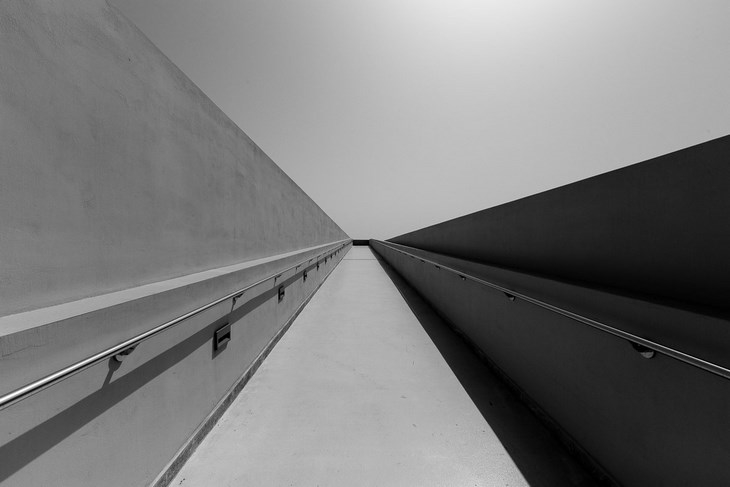 NEW EMST INTERIOR
NEW EMST INTERIOR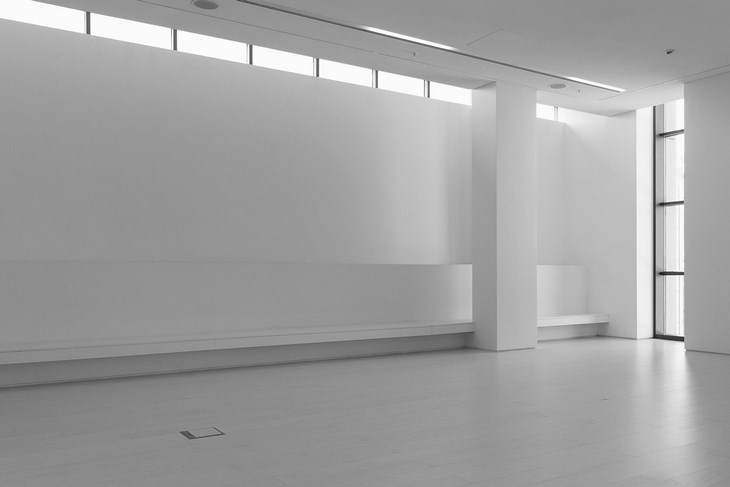 NEW EMST INTERIOR
NEW EMST INTERIOR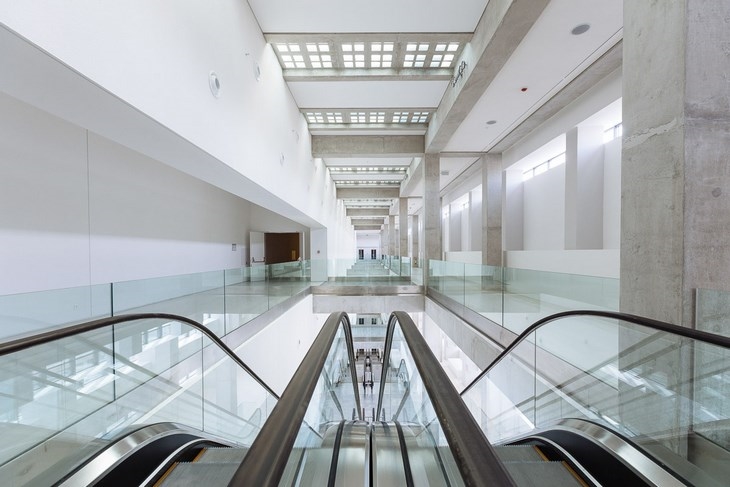 NEW EMST INTERIOR
NEW EMST INTERIOR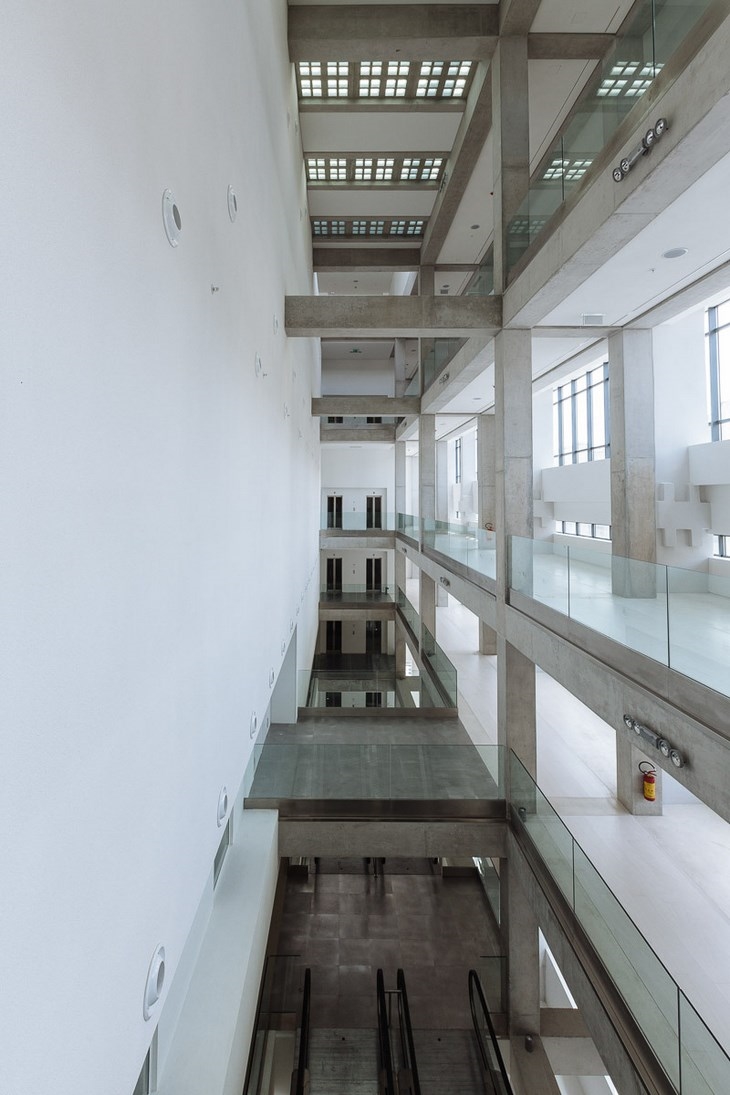 NEW EMST INTERIOR
NEW EMST INTERIOR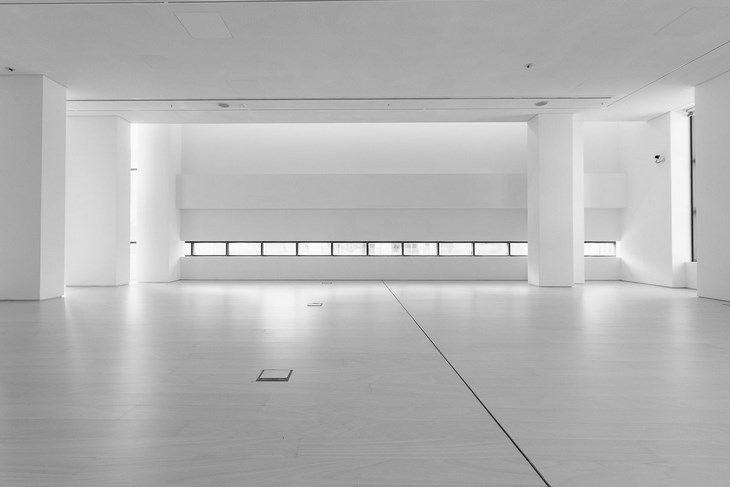 NEW EMST INTERIOR
NEW EMST INTERIOR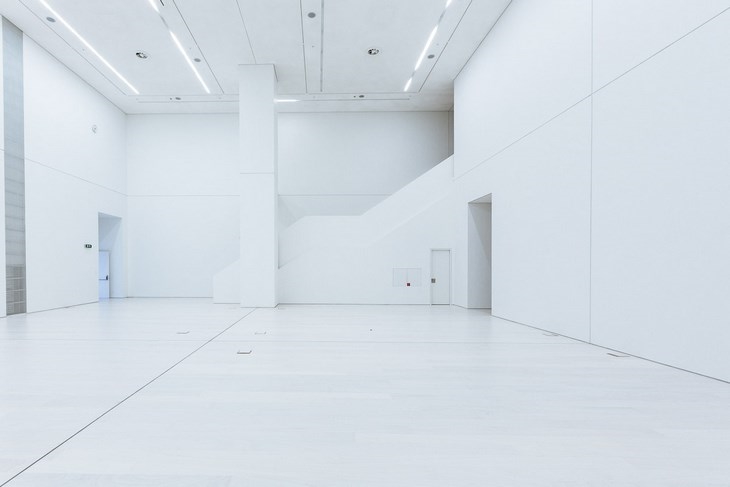 NEW EMST INTERIOR
NEW EMST INTERIORREAD ALSO: THE DIRECTOR OF 56th VENICE ART BIENNALE, OKWUI ENWEZOR, ABOUT TRADITIONAL DESIGN VOCABULARY AND ITS ROLE IN CONTEMPORARY AFRICA

